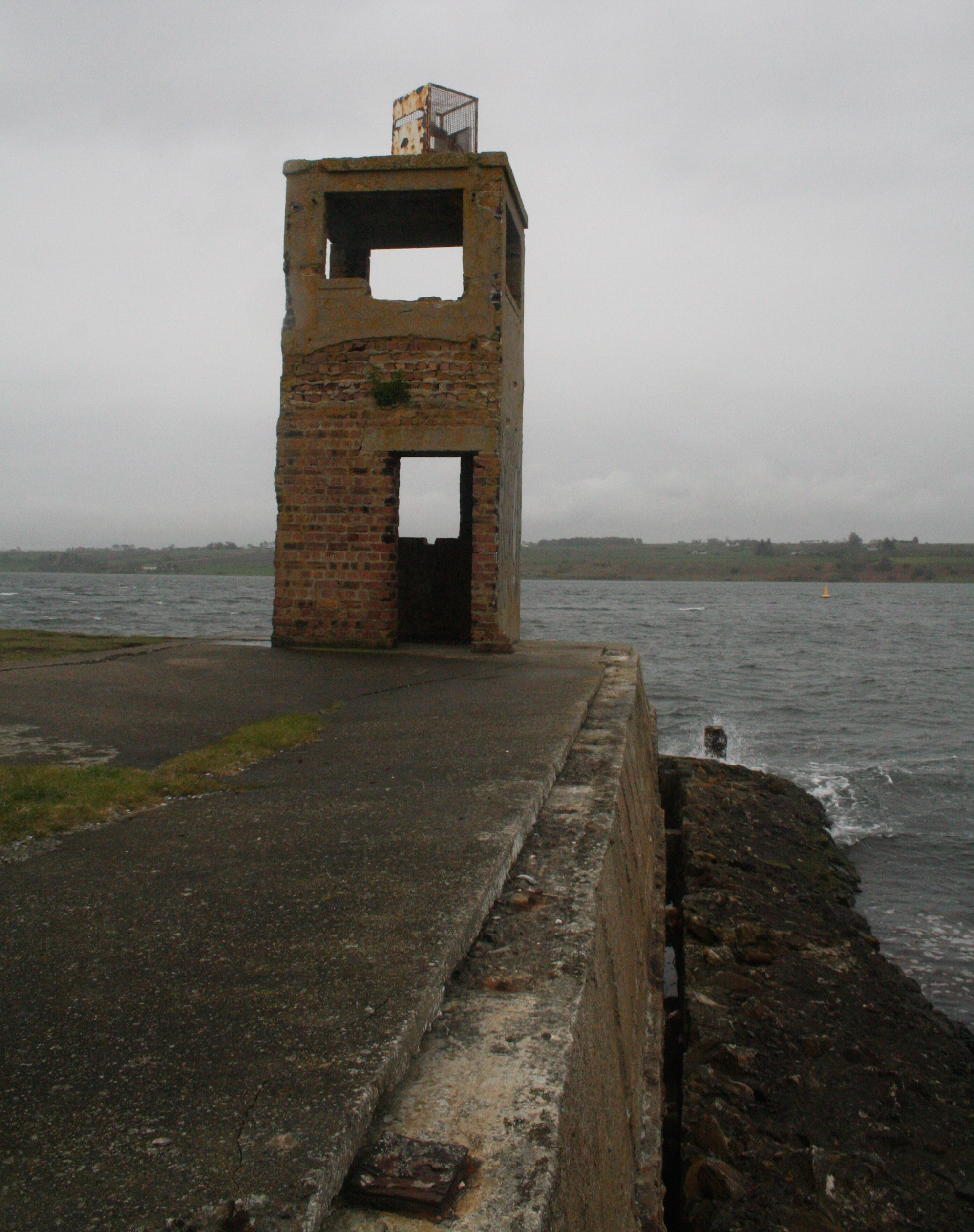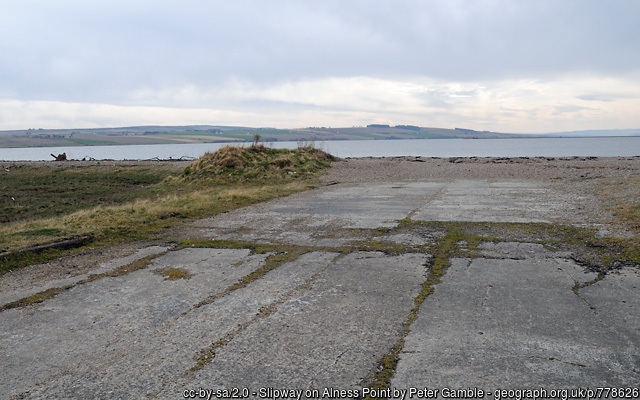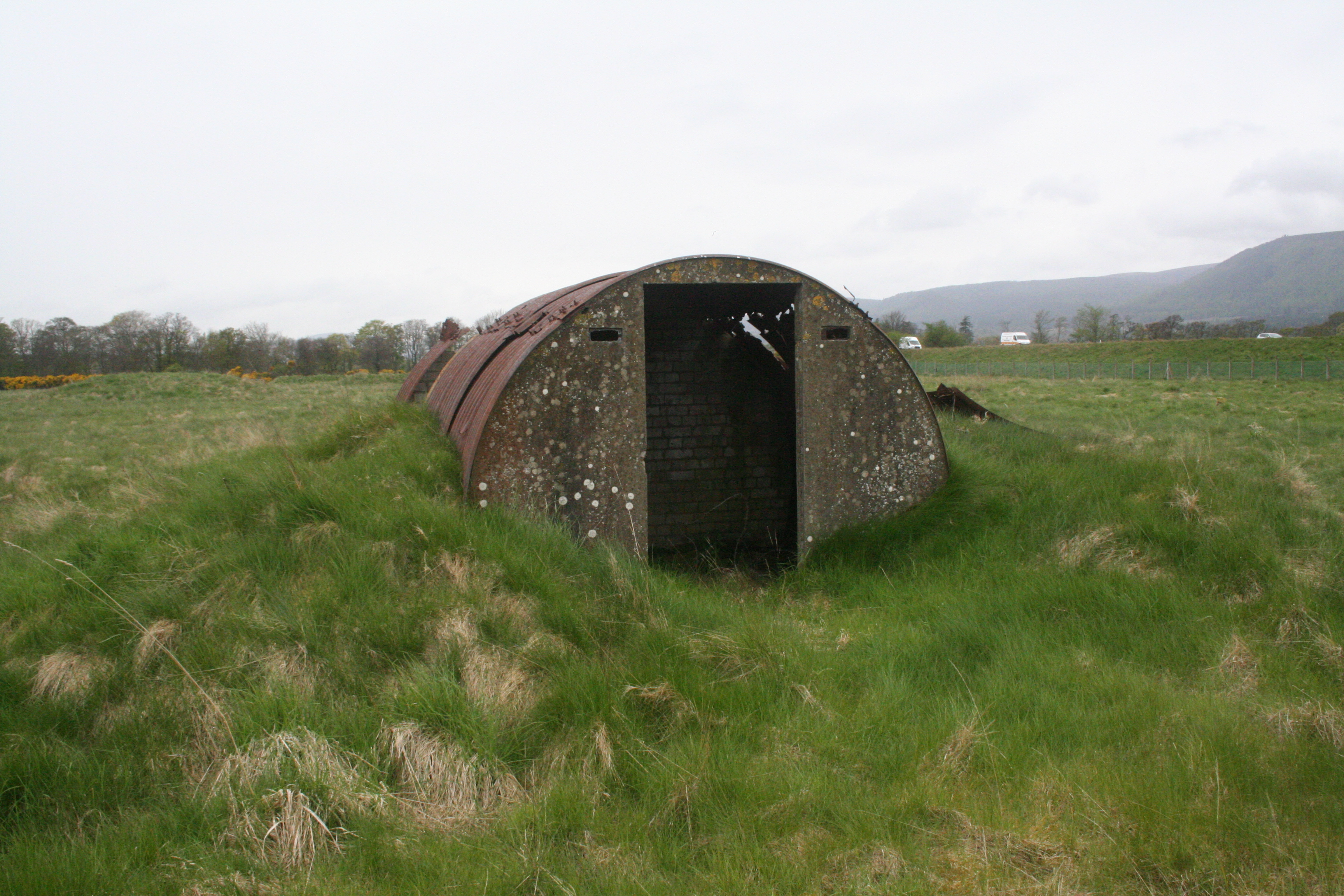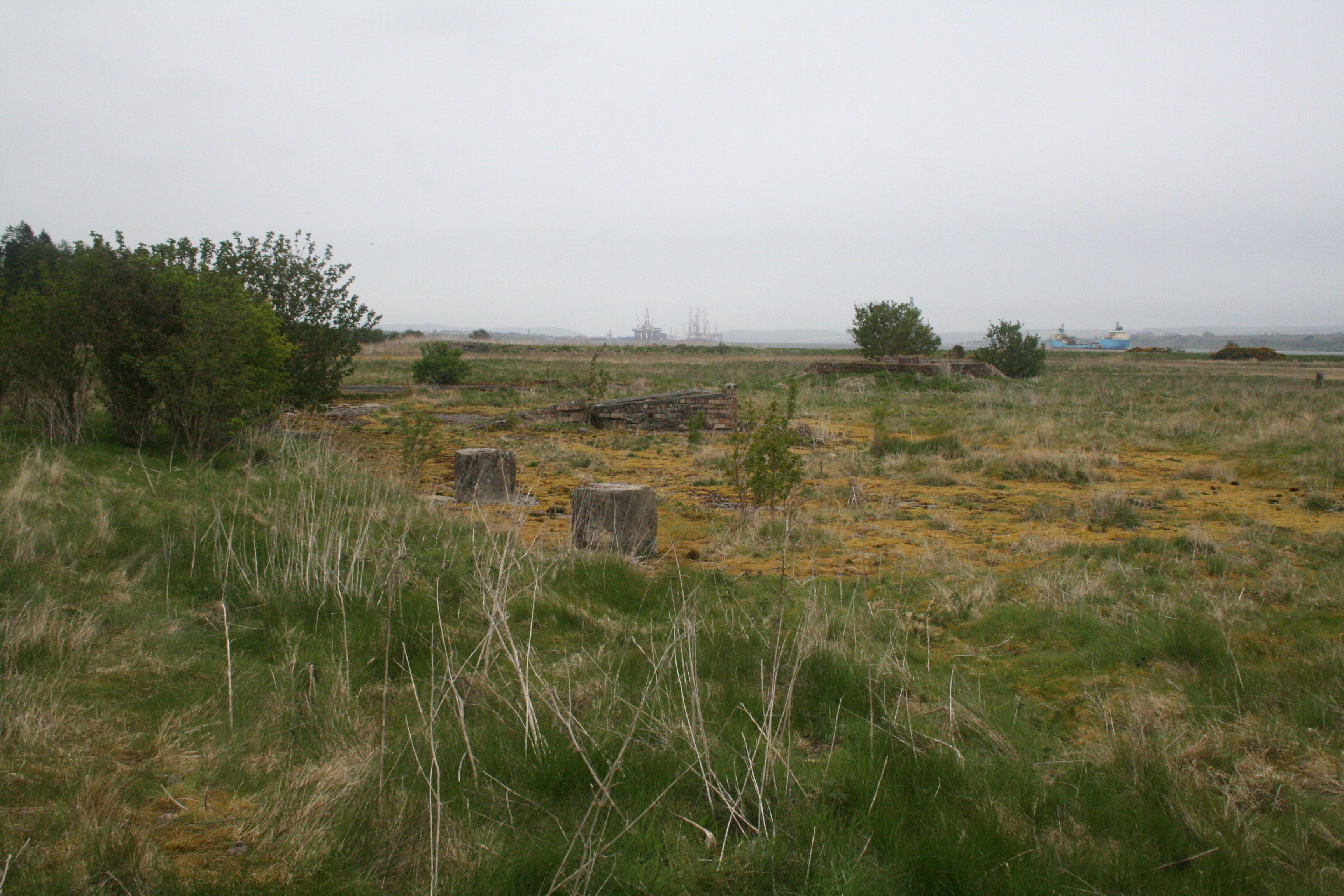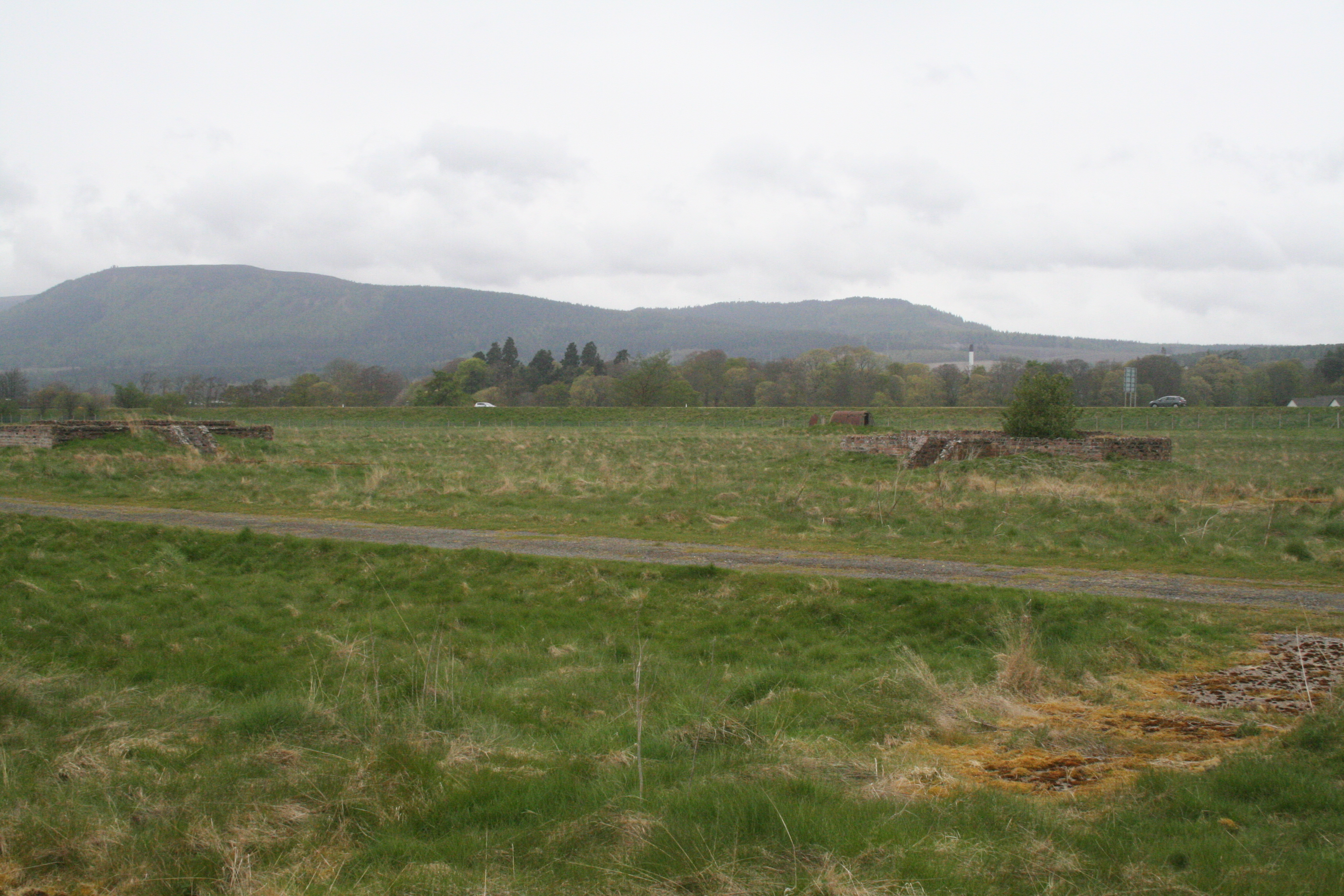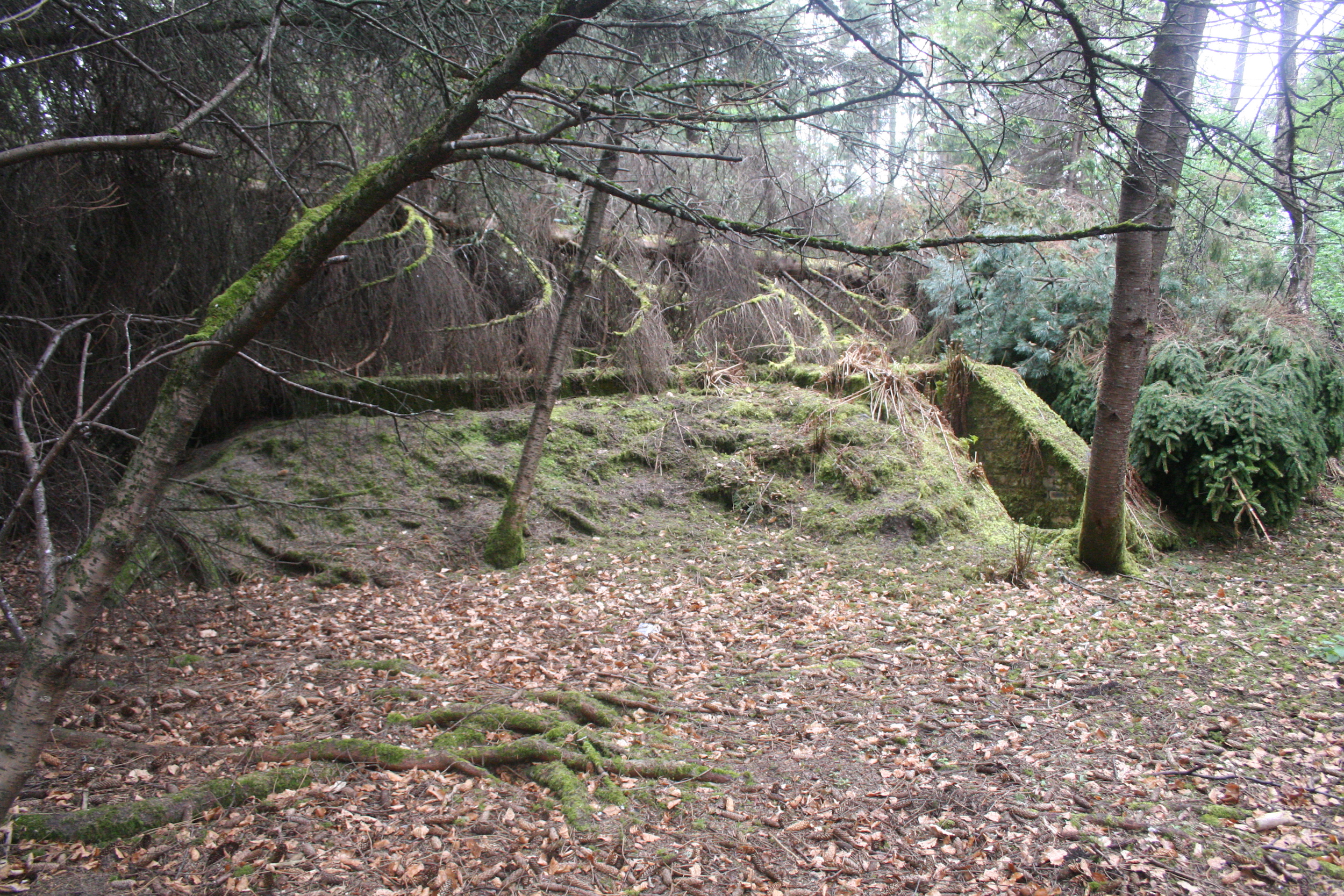Alness (Invergordon)
| Also known as: | Alness Point Business Park / Invergordon Harbour / RAF Alness / RAF Invergordon / RAF Station, Alness / RAF Station, Invergordon |
| County: | Highland |
| Current Status: | Harbour / Industry |
| Date: | 1920s - February 1957 |
| Current Use: | Disused |
| Used By: | RAF |
| Landing Surface Types: | Water |
| Aircraft Roles: | Maritime patrol / Trainer |
Originally known as Invergordon, this site was first permanently used by marine aircraft of the RAF’s Flying Boat Development Flight. This Flight only briefly stayed in the early summer of 1924, in an experiment to try and locate herring shoals from the air to assist fishermen. Flying fully started in earnest with the arrival of three flying boat squadrons - Nos 201, 209 and 228 - on 29 September 1938 because of the Munich Crisis. However, these units only stayed into the first half of October before departing again.
From the summer of 1939 operational squadrons returned to Invergordon as war once more threatened, with Saro Londons and Supermarine Stranraers. Nos 209 and 240 Squadrons were replaced by No 201 and 210 Squadrons after a few months. Invergordon was also home to the Seaplane Training Squadron for a few months at the end of 1939 and into 1940, when it moved to Wig Bay.
After a period during which the site was little used for flying after May 1940, apart from single Short Sunderlands visiting en route to other flying boat bases, the primary wartime resident of Invergordon, No 4 (Coastal) Operational Training Unit (OTU), arrived in June 1941. This unit operated a variety of types with Sunderlands and Consolidated Catalinas eventually becoming the primary types used. The Catalinas switched to No 131 OTU at Killadeas in the autumn of 1943. Although some of No 4 (Coastal) OTU’s landplane operations were moved to Tain, Alness continued to be used until the whole unit was moved to Pembroke Dock in August 1946. Somewhat unusually during this time one aircraft sank a U-boat on 24 May 1944.
How Invergordon evolved into Alness proved a protracted affair, though the transition had effectively begun during 1940 as construction workers gradually expanded the base. Aircraft had initially moored in and around Invergordon harbour but maintenance had proved a major problem: between this and the construction of both a slipway and most other support facility sites at Dalmore to the south-east of Alness from 1941, this all led to a change of name in February 1943.
No 5 Flying Boat Servicing Unit carried out maintenance, repair and modification for various units at Alness between September 1942 and December 1944. Others to use Alness briefly included a detachment from the Coastal Command Flying Instructors School at Turnberry for a few months in 1945 and No 302 Ferry Training Unit from the summer of 1945 to spring of 1946.
As the OTU left, Alness was reduced to a closing down establishment and technically closed on 5 January 1947 but the slipway was retained and, as with some other flying boat bases, aircraft continued to appear from time to time into the 1950s while in transit or on exercises. Flying finally ceased in 1957 with the disbandment of the last British-based flying boat squadrons at Pembroke Dock. However, Alness continued to be used by boats of No 1100 Marine Craft Unit for rescue and training duties until its disbandment and the RAF station’s closure in 1986.
As with all flying training during the Second World War, there were accidents. Flying from Alness on the way to Iceland on 25 August 1942, the Duke of Kent's Sunderland crashed in the mountains at Eagle's Rock, Dunbeath where a memorial now stands. Aircraft from Alness were involved in some more specialised flights during World War Two, Sunderlands of No 228 Squadron making a few special transportation trips to Norway in the spring of 1940. Many more flights to Iceland occurred as part of Operation Uplift in October 1944, when other Sunderlands of Nos 4 (Coastal) OTU and 228 Squadron ferried personnel between the two countries.
The airfield site included around 50 moorings in Udale Bay and the Cromarty Firth between Alness and Invergordon. Most of the surviving buildings have now been demolished with a small industrial park being built on part of the site.
The following organisations are either based at, use and/or have at least potentially significant connections with the airfield (as at 01/09/2011):
- Alness Community Council
- Alness Library and Service Point
- Highland Council Service Centre
- Invergordon Community Council
- Invergordon Library
- Invergordon Naval Museum & Heritage Centre
- North Highland College UHI (Alness Campus)
- P I C T Innovation Ltd
- Porex Technologies Ltd
- Registration of Births Deaths & Marriages
The following alternative information/mass media sources have at least potentially significant connections with the airfield (as at 30/11/2018):
- Alness.com
Main unit(s) present:
- No 4 (Coastal) OTU
- No 5 Flying Boat Servicing Unit
- No 6 Air/Sea Rescue Marine Craft Unit
- No 201 Sqn
- No 209 Sqn
- No 210 Sqn
- No 228 Sqn
- No 240 Sqn
- No 302 FTU
- No 1100 Marine Craft Unit
- Coastal Command Flying Instructors School
- Flying Boat Development Flight
- Seaplane Training Sqn

Aerial view of part of the Alness flying boat base with Alness in the background, 19 June 1947. © Courtesy of HES (RAF Air Photographs Collection), Licensor canmore.org.uk

Aerial view of the slipway at Alness seaplane base, looking north, 18 June 2014. © Crown Copyright: HES. Licensor canmore.org.uk
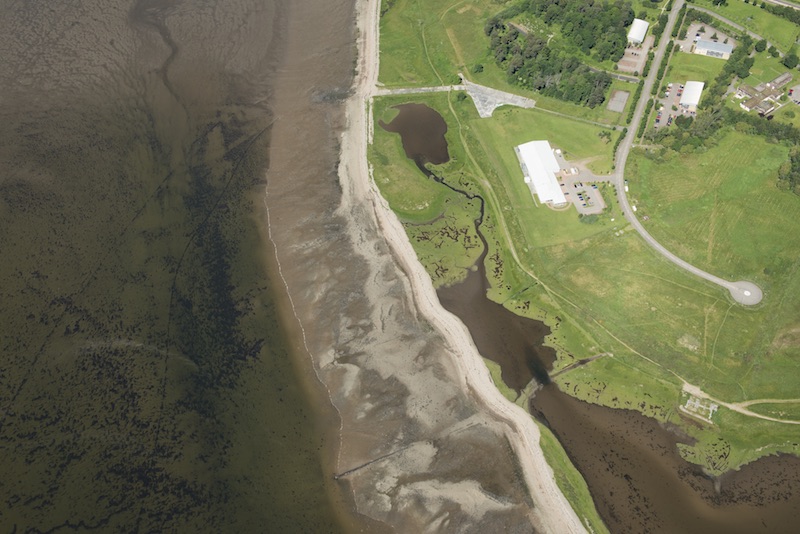
Aerial view of Alness, looking west-north-west, 18 June 2014. © Crown Copyright: HES. Licensor canmore.org.uk
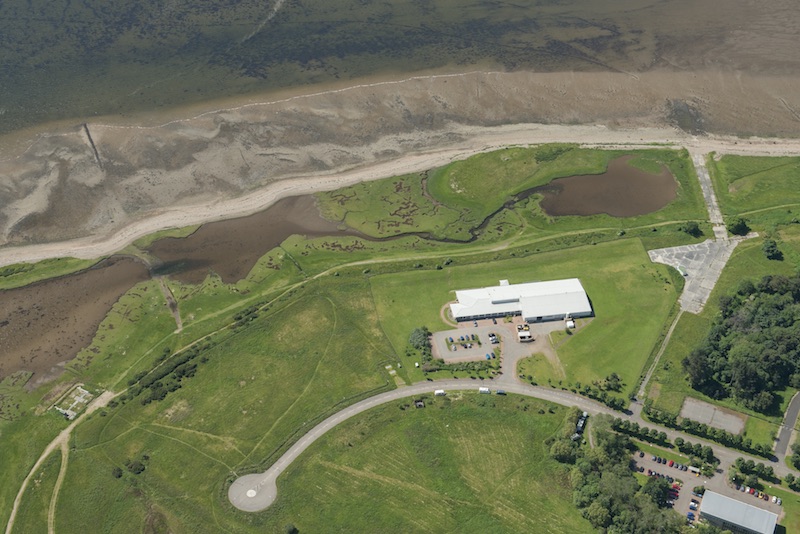
Aerial view of Alness seaplane base, looking south-west, 18 June 2014. © Crown Copyright: HES. Licensor canmore.org.uk
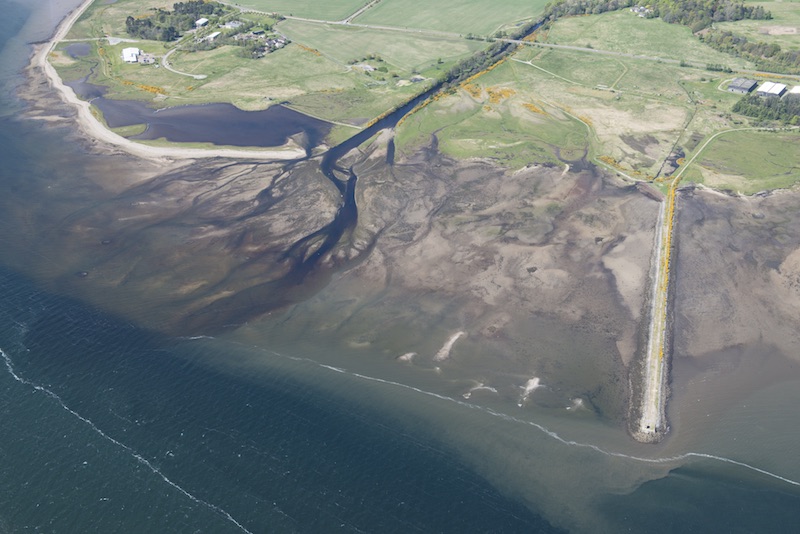
Aerial view of Alness, looking north-north-west, 14 May 2015. © Crown Copyright: HES. Licensor canmore.org.uk
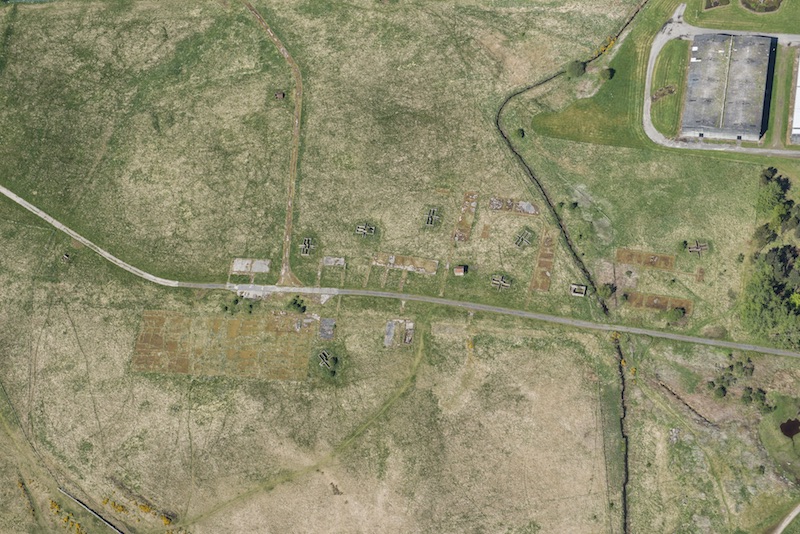
Aerial view of mining sheds connected to US Naval Base 17 at Dalmore and hut bases, bomb shelters and ammunition stores connected to the Alness Seaplane Base, looking north-north-west, 14 May 2015. © Crown Copyright: HES. Licensor canmore.org.uk

Aerial view of mining sheds connected to US Naval Base 17 at Dalmore and hut bases, bomb shelters and ammunition stores connected to the Alness Seaplane Base, looking south, 14 May 2015. © Crown Copyright: HES. Licensor canmore.org.uk

Aerial view of mining sheds connected to US Naval Base 17 at Dalmore and hut bases, bomb shelters and ammunition stores connected to the Alness Seaplane Base at Alness, looking west, 14 May 2015. © Crown Copyright: HES. Licensor canmore.org.uk
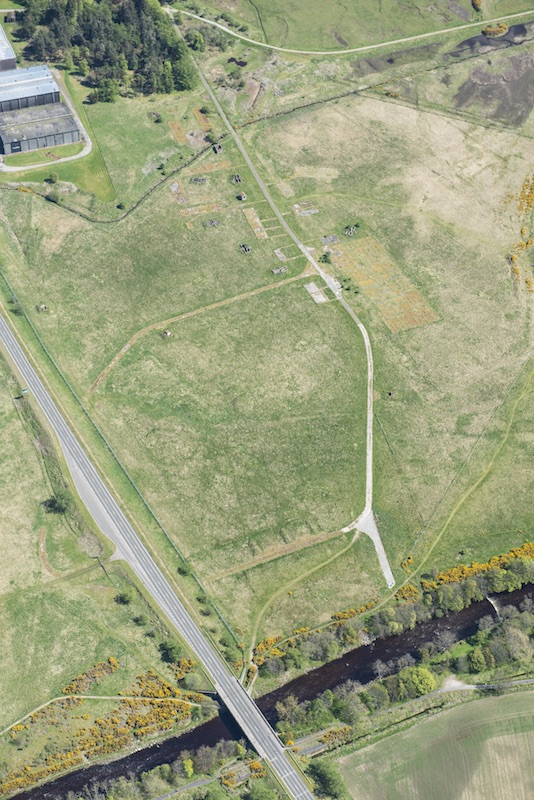
Aerial view of mining sheds connected to US Naval Base 17 at Dalmore and hut bases, bomb shelters and ammunition stores connected to the Alness Seaplane Base at Alness, looking west, 14 May 2015. © Crown Copyright: HES. Licensor canmore.org.uk
Photographs from Alness, c. 1975. Courtesy of Pastsellbuy
